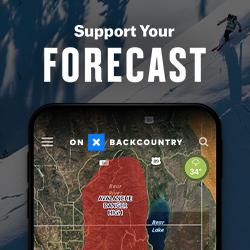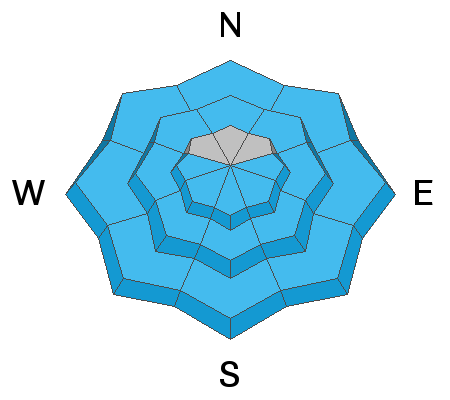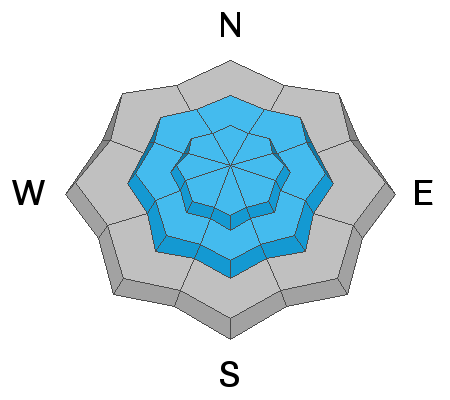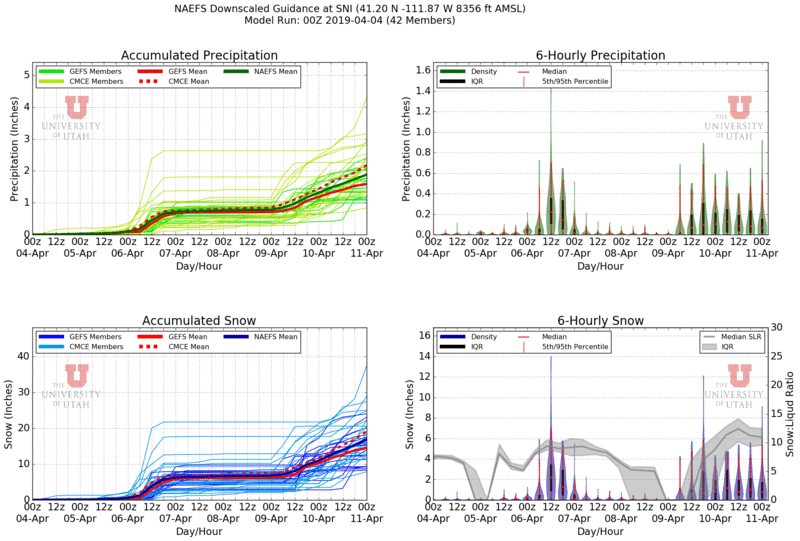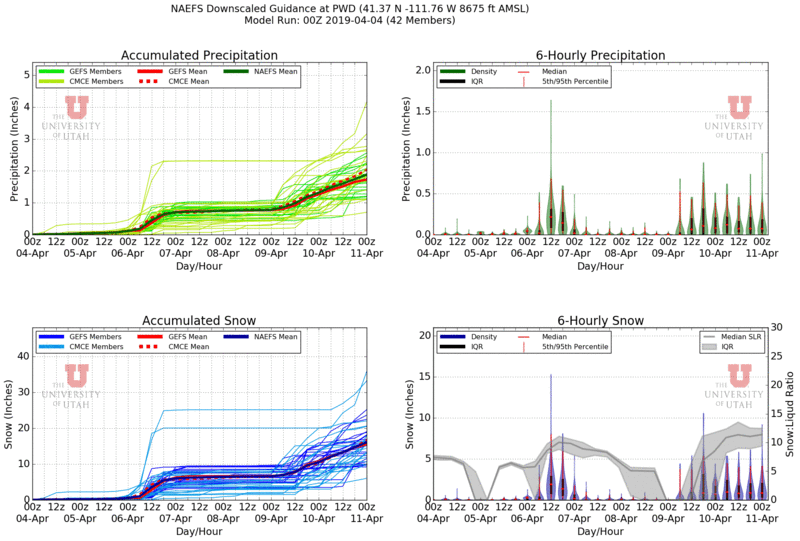Forecast for the Ogden Area Mountains

Issued by Evelyn Lees for
Thursday, April 4, 2019
Thursday, April 4, 2019
The avalanche danger is MODERATE for triggering wet snow avalanches on all slopes this morning. The danger may rise to CONSIDERABLE with afternoon heating, with deeper gouging wet loose sluffs and even wet slabs possible at all elevations. Avoid drainages and gullies, terrain such as Hells Canyon, where even a shallow slide will run far and result deep, cement like debris piles.
The avalanche danger is MODERATE for triggering a lingering wind drift on steep, upper elevation northerly facing slopes slopes.
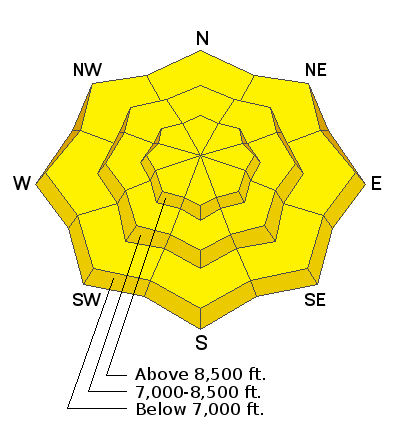
Low
Moderate
Considerable
High
Extreme
Learn how to read the forecast here



